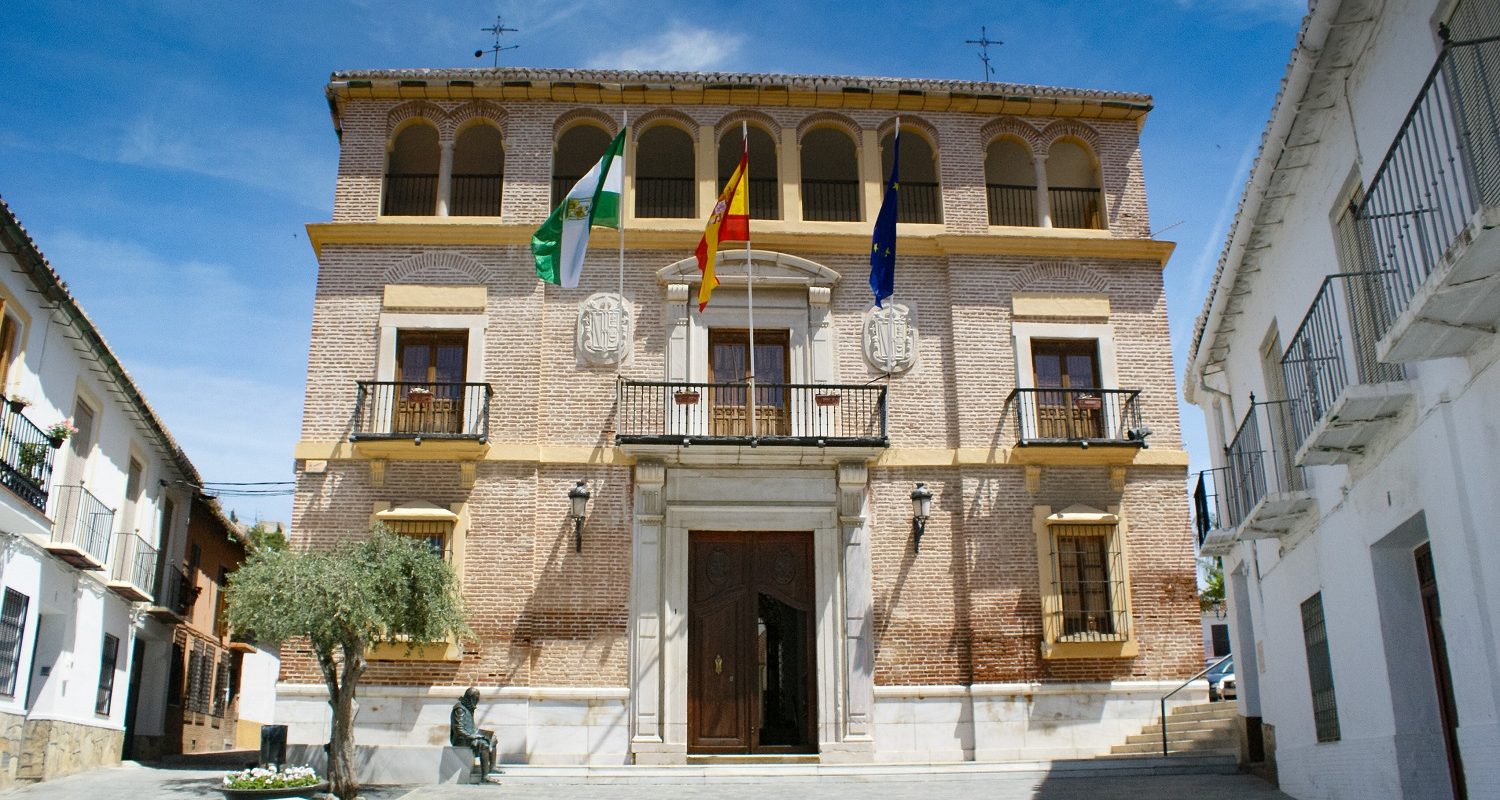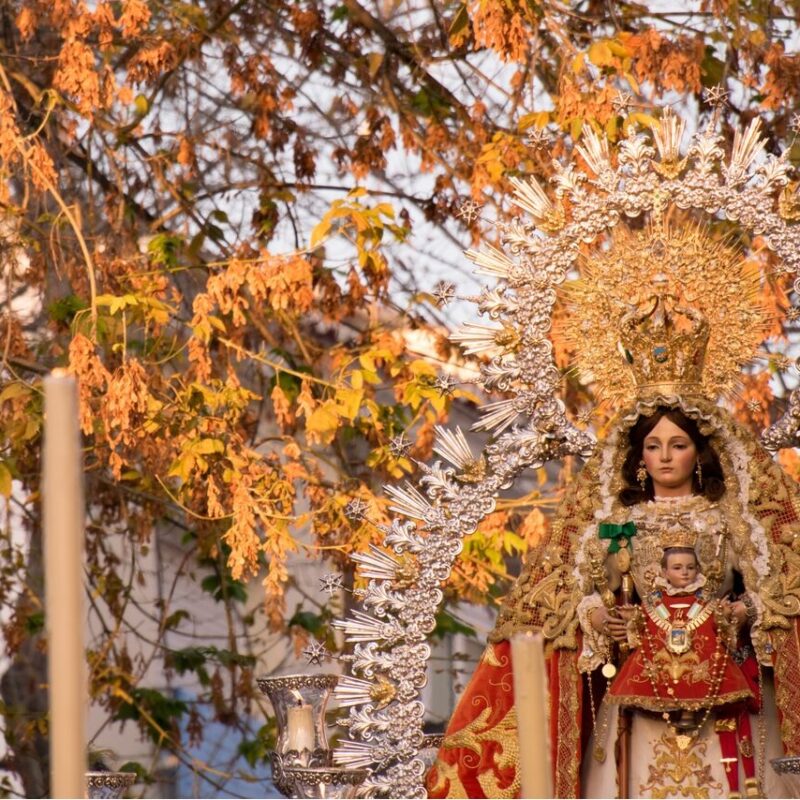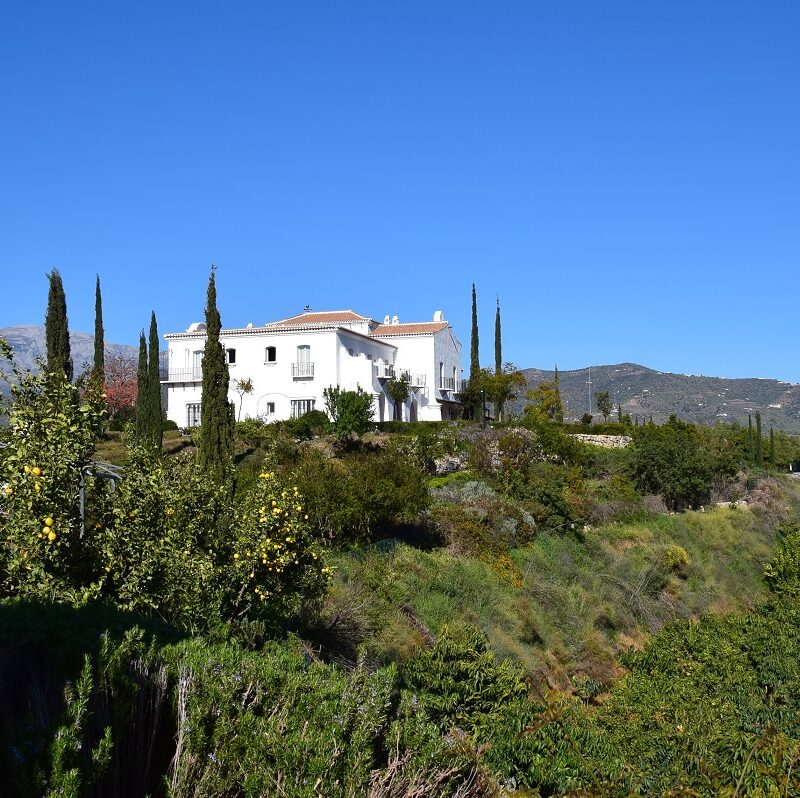Ok, you’ve heard of this town called Velez-Malaga, a short drive from Malaga city and wonder, if it’s worth visiting. You’ve come to the right place. This is the ultimate guide to Velez-Malaga, with 26 sights to visit as well as where to eat and a bit of history too.
Where is Velez-Malaga?
Sitting between the Mediterranean Sea and the Sierras Tejeda, Almijara and Alhama mountain ranges Velez-Malaga is the capital of the Axarquia region of Malaga province. It’s just 40km outside of Malaga city and is fast becoming a commuter town.
Why Visit Velez-Malaga?
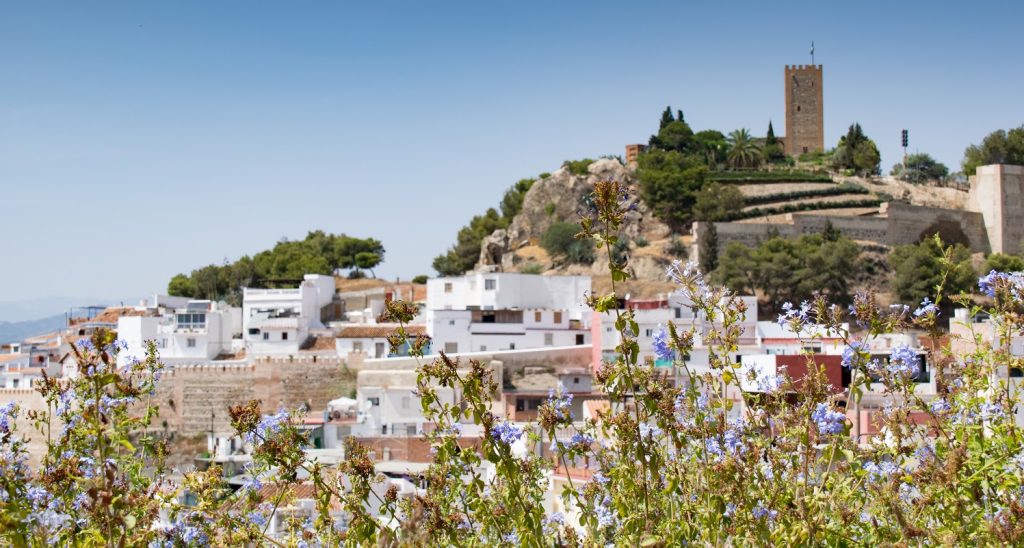
Velez-Malaga is both a historic town and a municipality including 25kms of coastline and some charming villages.
The town itself is a working agricultural hub with an attractive historic centre. It’s unaware of itself and as such a delight for visitors. Velez is off the tourist trail. You won’t get greeted in your native language, menus that are translated are a bit hit and miss and there isn’t a tourist tat shop in sight.
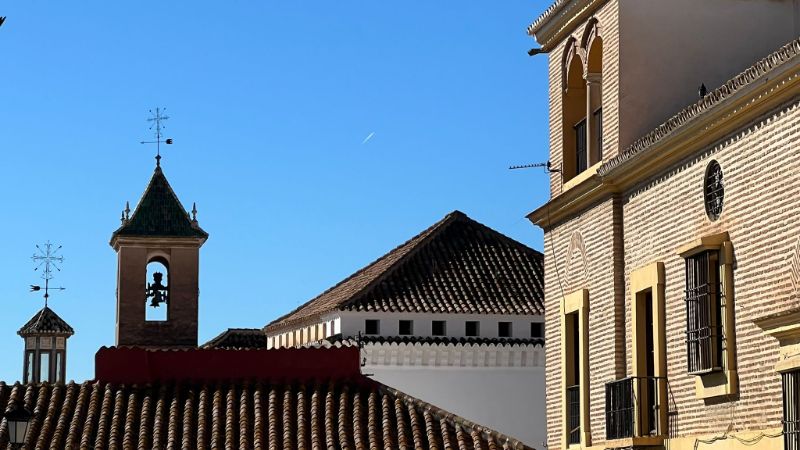
The historic centre of Velez-Malaga is pleasing on the eye, a nucleus filled with 18th and 19th century townhouse and palaces as well as some attractive squares and an intriguing history. The city walls and fort hint at a less peaceful time during Moorish Spain.
Out of the town itself, the municipality of Velez-Malaga includes the villages of Almayate, Benajarafe, Cajiz, Caleta de Velez, Chilches, Lagos, Mezquitilla, Trapiche, Triana and Torre del Mar. Our favourites are Caleta de Velez with its port and marina, Benajarafe on the coast and Triana with its views and charming hamlet of Zorilla (pictured below).

In short, visit Velez for great year-round weather, an authentic working historic town, a deeper dive into Moorish Spanish history, Easter celebrations and Flamenco.
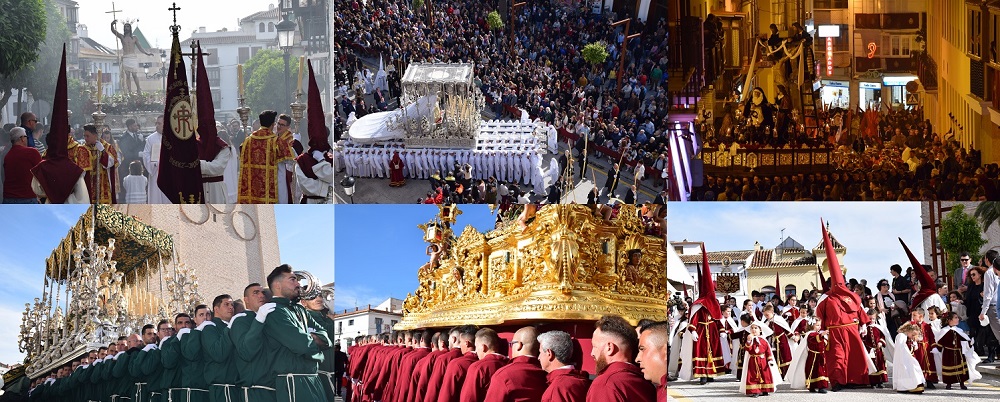
So, let’s get on to your visit…
Things To Do In Velez-Malaga
Velez-Malaga quietly exists almost hidden from the rest of the world hoping that people judge it from its modern outskirts and pass on by. For those who are a little more inquisitive, you might be interested in these 27 things to do in Velez-Malaga…
1. La Fortaleza
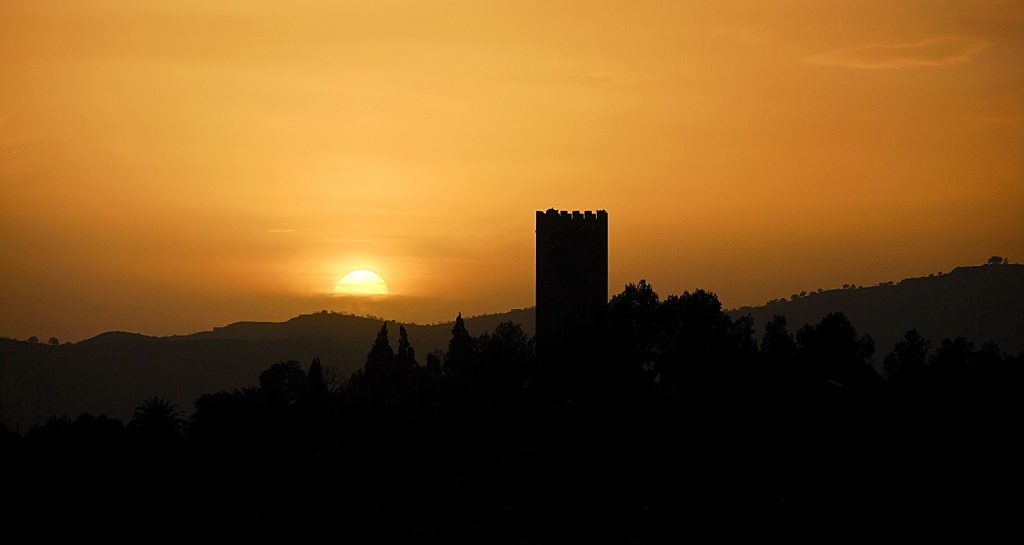
Dating from 10th Century a fort and keep complex where you can climb the tower and enjoy 360 degree views. See our page on Velez-Malaga’s fort.
Address: C. Palafranero Sebastián Sáncez, 28, Vélez-Málaga, Málaga, Open everyday 8.00-22.00hrs. Free parking and entry.
2. Museo de Semana Santa (The Easter Museum)
Inside the beautiful Iglesia de Santa Maria is the Easter Museum, if you’re not visiting during Easter this is a must-do. Holy week is incredibly important culturally in Andalucia. There’s an immersive video of the processions during Easter as well as an opportunity to see some of the adornment used in the Easter celebrations.
Address: C/ Cercadillo Sta. Maria. Open: Tues – Sun 10.00 – 14.00 & Tues – Sat 17.00 – 20.00. Free entry. At the top of town in the neighbourhood of La Villa (next to the Fort).
3. Iglesia de Santa Maria de Mayor
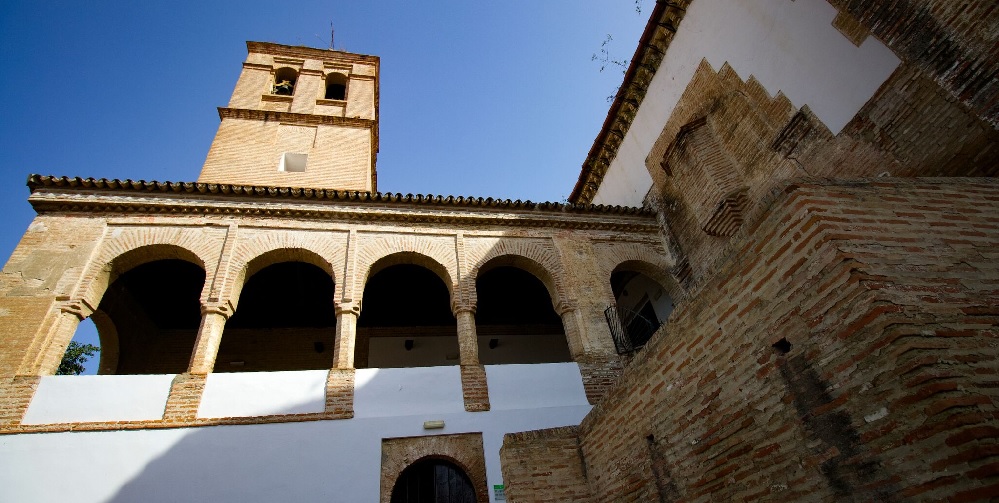
While at the Semana Santa Museum take some time to enjoy its home. This church in Mudejar style with cloisters and Moorish aljibe (water well) is worth a visit.
Address: C/ Cercadillo Sta. Maria. Open: Tues – Sun 10.00 – 14.00 & Tues – Sat 17.00 – 20.00. Free entry.
4. Iglesia de Santiago
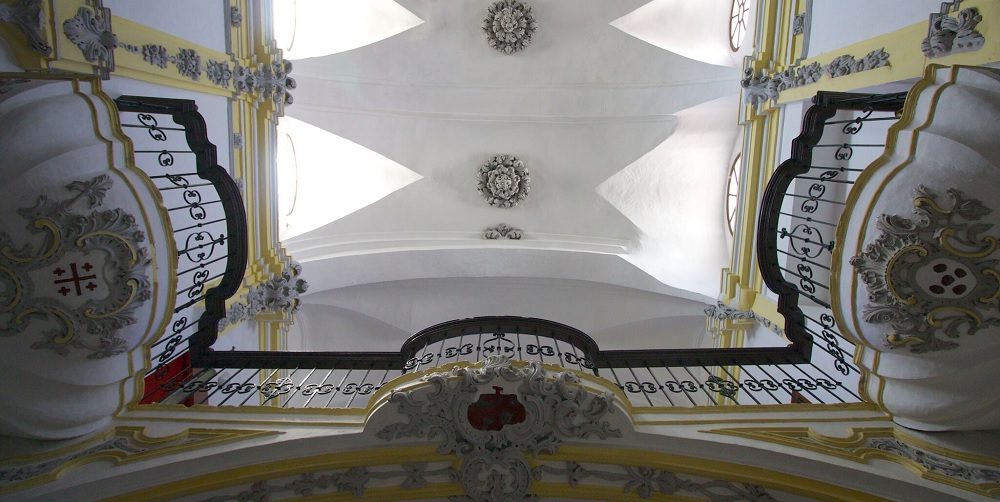
Santiago church (which is joined to Convento de San Fransisco see below) is worth a visit for its Baroque style.
Address: Pl. San Francisco, 2, 29700 Vélez-Málaga, Málaga. Open: Every day from 8.00 – 21.45. Tues & Fri closed from 13.00-20.00hrs
5. Convento de San Francisco
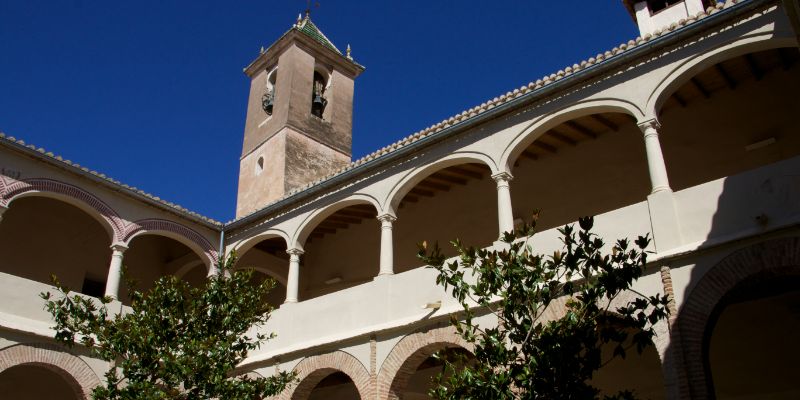
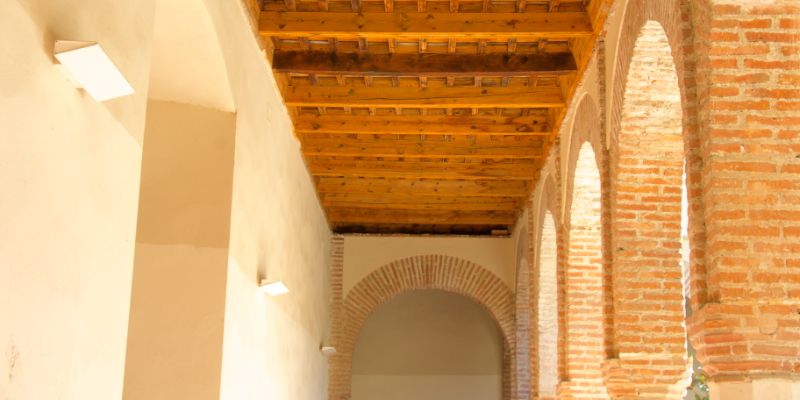

Evidence of the 16th-century mosque that once stood here is seen in the decorative sebka work lining the bell tower/minaret beside the San Fransisco convent. There is also a small art gallery and attractive central patio.
Address: Plaza San Francisco, 29700, Vélez-Málaga, Málaga
6. Historic Centre
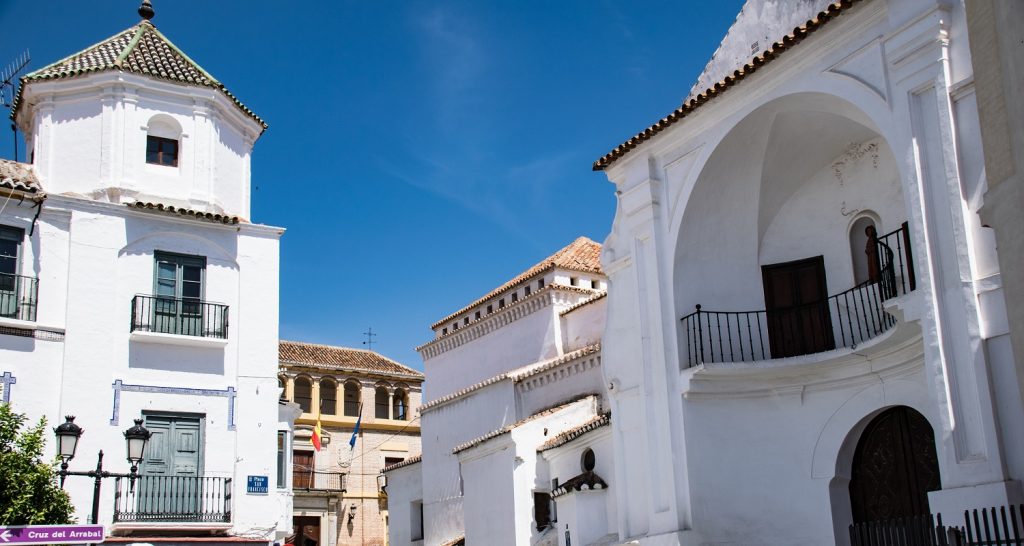
The historic centre of Velez-Malaga surprises most visitors. With 18th and 19th-century buildings and a smattering of palaces, convents and nobleman’s houses it’s pleasing on the eye – More details here.
7. Palacio Marques de Beniel
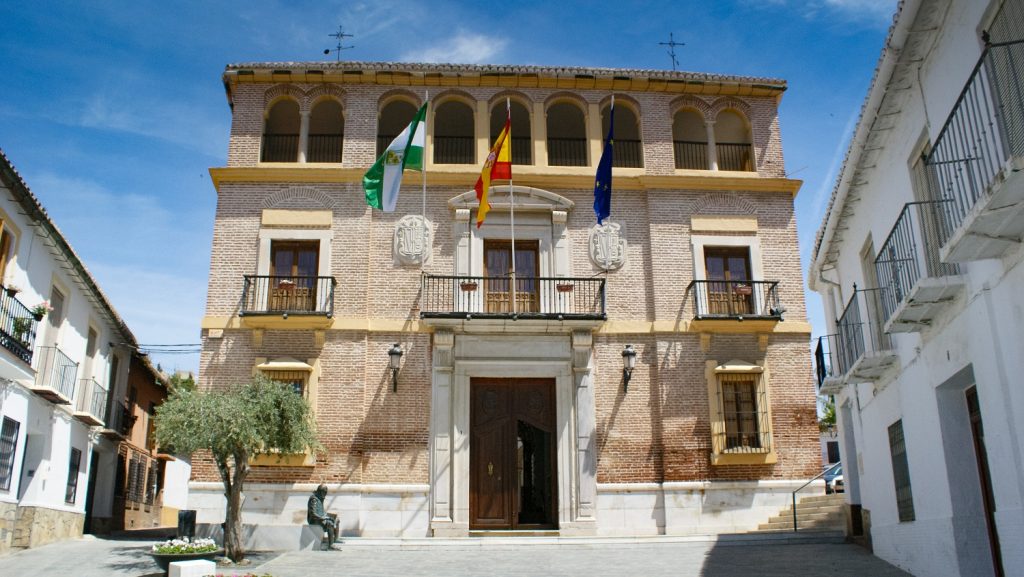
Built in the early 1600s in a Mannerist style this mini palace is home to the Maria Zambrano and Joaquin Lobato Museums as well as the town’s archive. See our page on Palacio Marques de Beniel.
Address: Plaza Palacio, 1, Vélez-Málaga, Málaga
8. Casa Cervantes

Built in the early 1600s this formal townhouse is home to the Miguel de Cervantes museum. Cervantes is the writer of Don Quijote de la Mancha. This is the towns main language school.
Address: C. San Francisco, 22, 29700 Vélez-Málaga, Málaga
9. Arco Mihrab Nazari
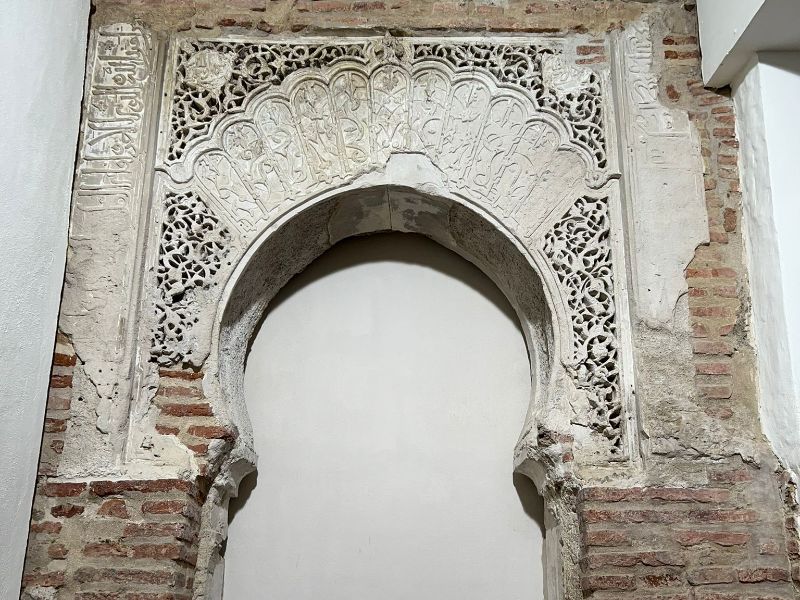
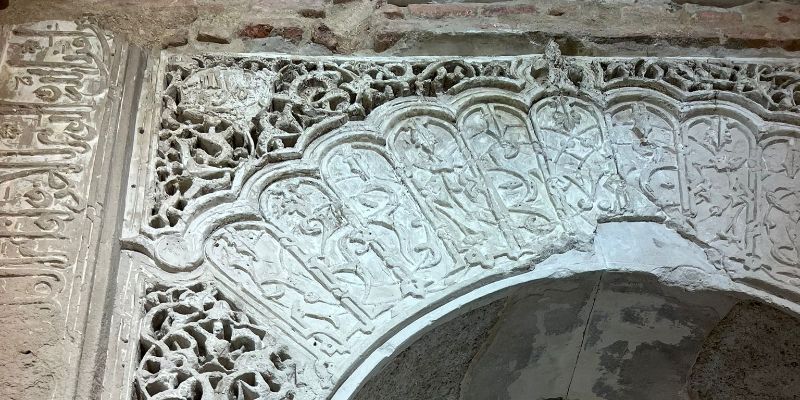
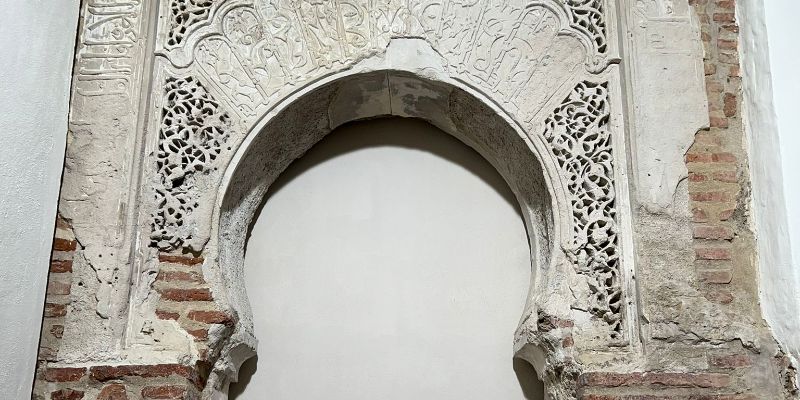
This 14th-century Moorish keyhole doorway was part of a mosque from the Nasrid period rule. The arch, as in all mosques, indicates the direction of Mecca. It’s in remarkable condition to say it was covered over and forgotten about until the noughties.
Pl. la Gloria, 2, Vélez-Málaga, Málaga
10. Ermita Virgen de los Remedios
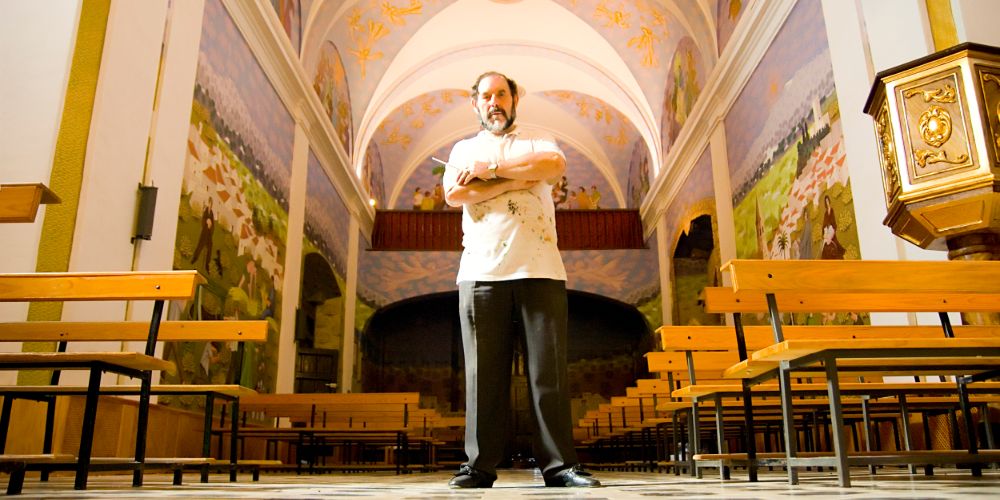
This small white hermitage high on a hill has views towards the mountains and the sea but that’s not why you visit. Just step inside to see the colourful work of Evaristo Guerra (pictured above).
Address: Cerro de San Cristobal. Open: Tues-Sun 09.30 – 13.30 & 15.30 – 18.00
11. Iglesia de San Juan Bautista
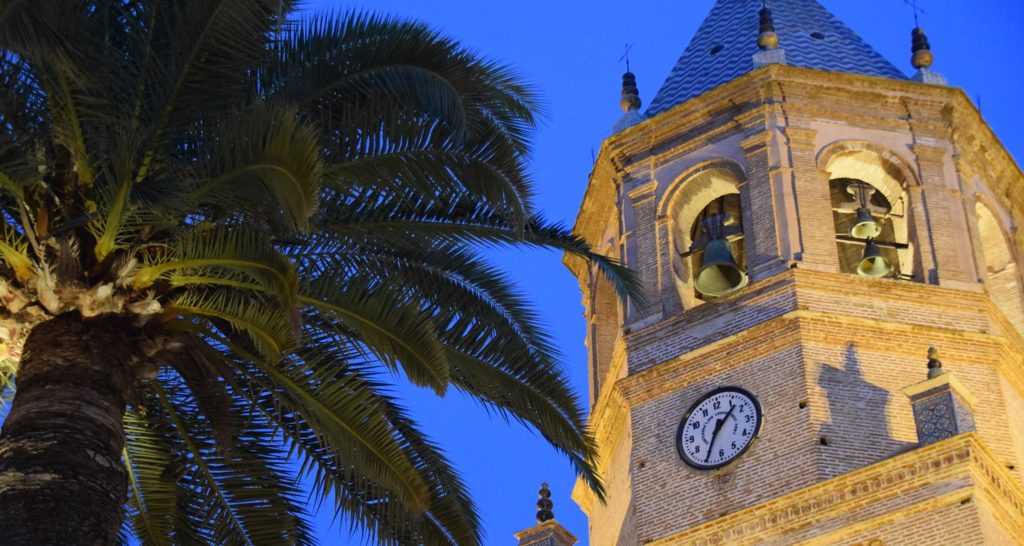
The impressive bell tower from the XVI century steals the show here. There is a Mudejar ceiling too. During festive celebrations like Noche en Blanca, visitors can climb to the top of the bell tower.
Address: San Juan Bautista, C. Arcipreste José Ariza, 29700 Vélez-Málaga, Málaga
12. Plaza de Constitucion
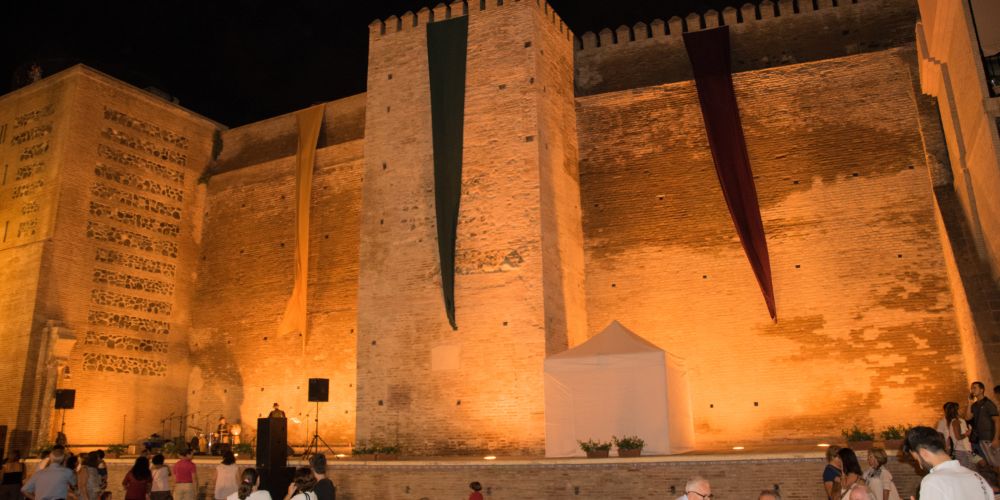
Velez’s main square was very handsome (it’s currently getting a facelift, fingers crossed for trees and family-friendly planning), it includes the Posito (an art gallery and council office), City walls and the church of San Juan Bautista.
13. El Posito

El Posito was a municipal warehouse intended for the storage of grains, mainly wheat. This granary was built in the mid-18th century. The facade, is Baroque in style and divided into sections with semi-detached columns. It is the home to government offices and on the ground floor a work space with free WiFi.
Plaza de la Constitucion, Velez-Malaga, Malaga.
14. Fuente de Felipe II o Fernando VI
This classical style marble fountain was built in the 16th century. It originally sat in the Plaza de la Constitución but in 1758 it was moved (unlovingly) to its current location and pieces like the shield of Ferdinand VI were added.
Address: C. las Tiendas, 6, Vélez-Málaga, Málaga
15. Puerta Real de la Villa
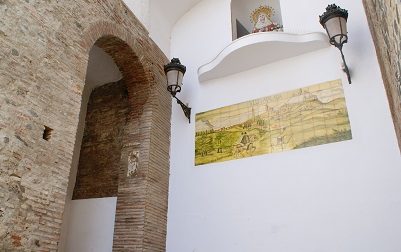
Until the 13th century there were three gates (Granada, Antequera and Malaga) into the walled city of Velez-Malaga of which only the Puerta Real de la Villa is preserved, the old gate of Malaga.
Plaza de la Constitucion, Velez-Malaga, Malaga.
16. Murallas de la Medina (The City Walls)
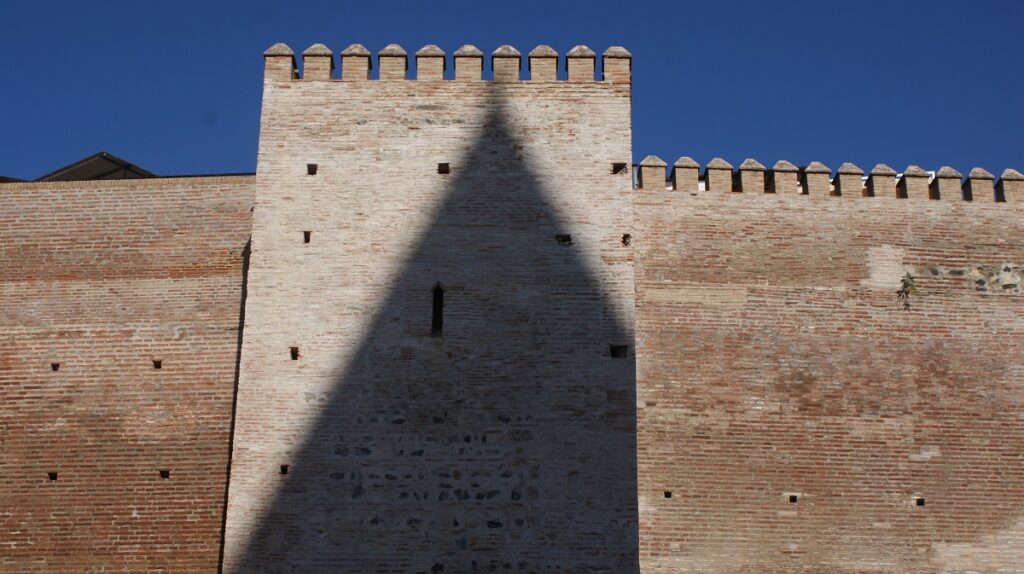
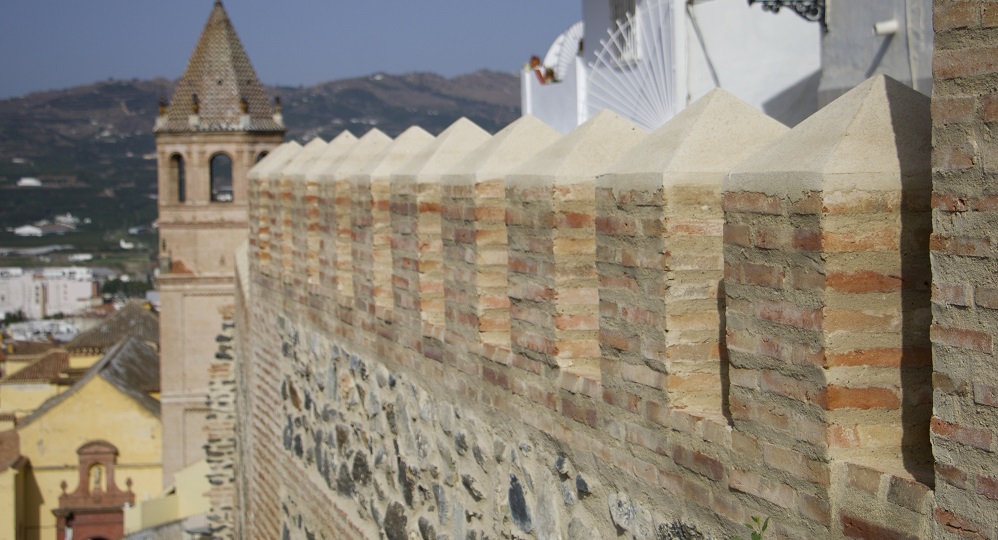
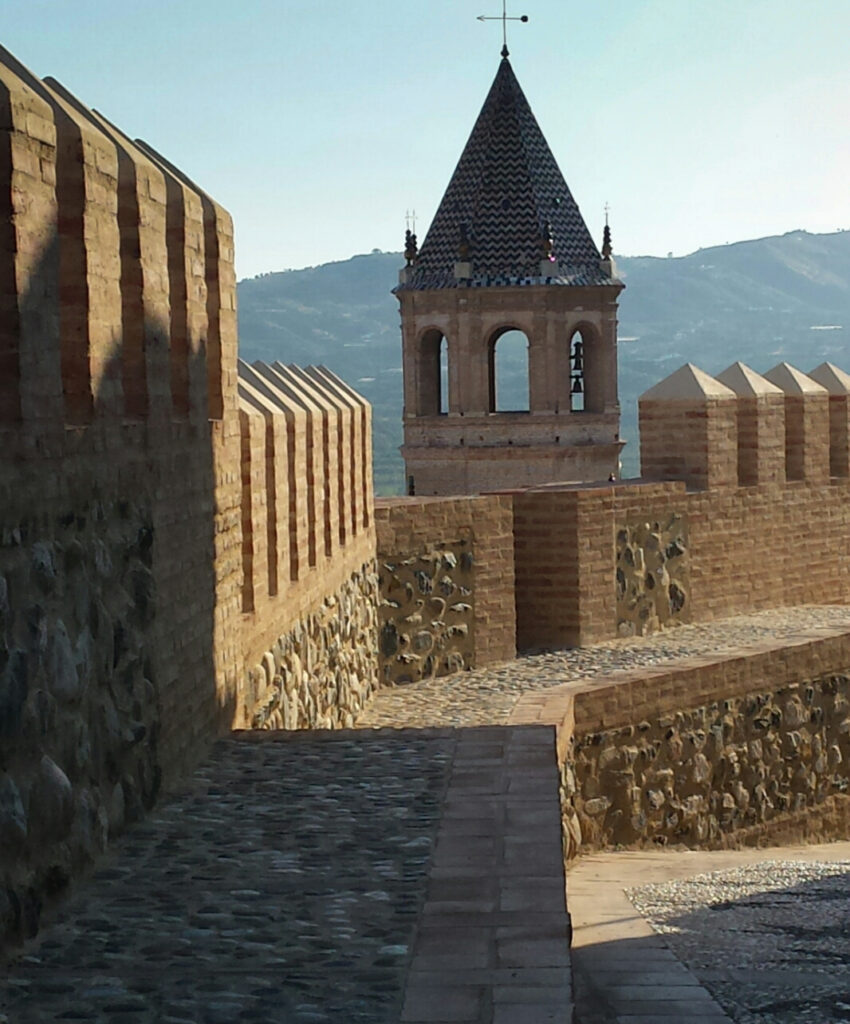
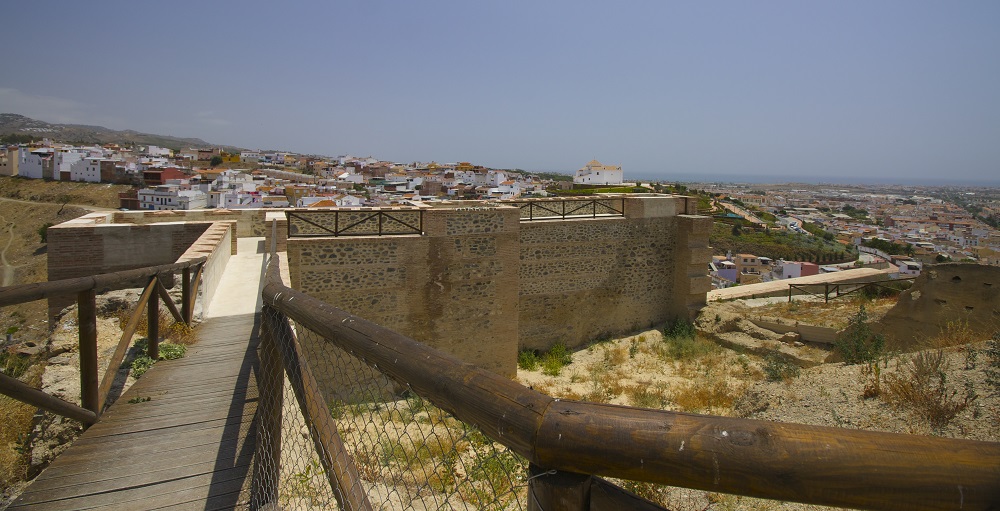
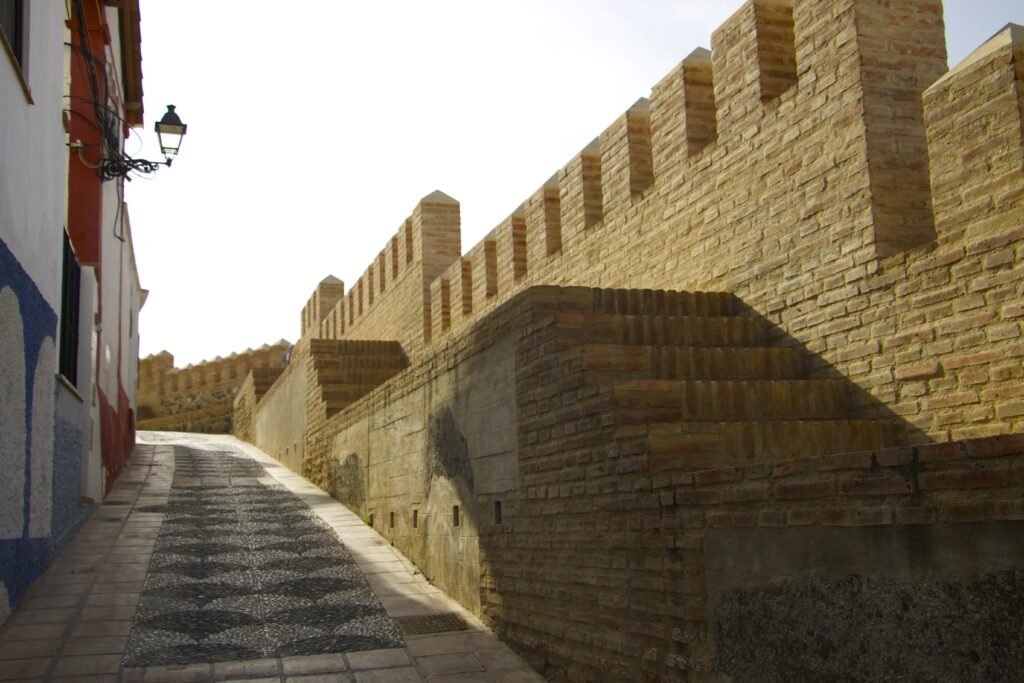
The ancient Muslim city (La Medina) was protected by a surrounding walled fortification. The city walls are an interesting walk and fun for little ones. Start by going through the Puerta Real de la Villa on Plaza de Constitucion and explore!
Calle Muellas Altas, Velez-Malaga, Malaga
17. MUVEL
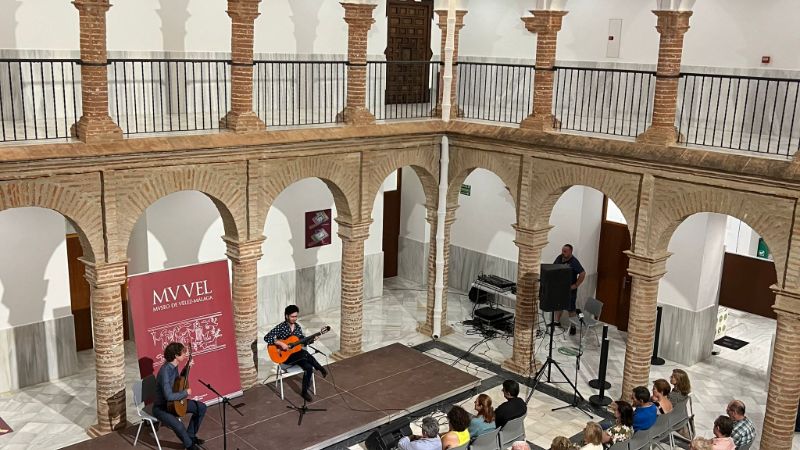
This is the Axarquia’s main museum holding artifacts from each period of Velez’s history. The MUVEL museum building itself has a good example of an traditional Veleno central patio. Top tips: Don’t miss the video introduction and look out for live music in the patio during Spring and Autumn. We always add live music dates to our Instagram and Facebook pages.
Calle Dr. Jiménez Poey, 1, 29700 Vélez-Málaga, Málaga
18. Flamenco in the Peña de Niño de Velez
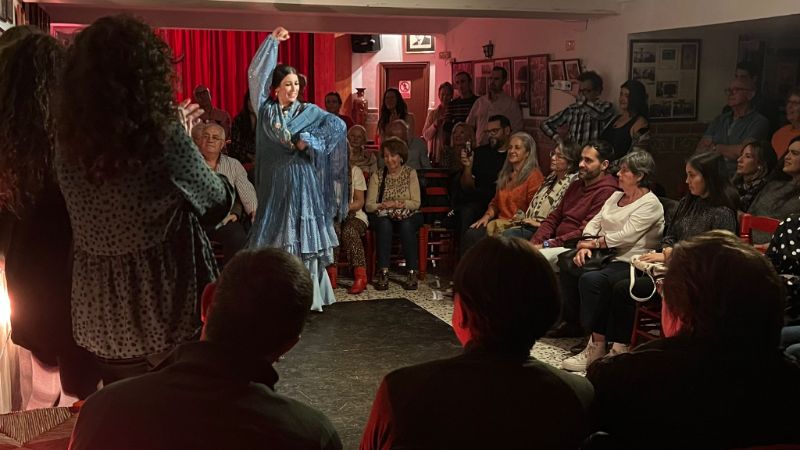
Flamenco Abierto is at the forefront of flamenco talent in the area. Holding nights in the Pena Flamenca Nino de Velez and festivals during the summer.
C. Tejeda, 10, 29700 Vélez-Málaga, Málaga
19. Independent Shopping
There are few chain stores in Velez. The main shopping streets include; Calle Canalejas, Calle Camino de Málaga and Av. Vivar Téllez. There’s a particularly good fabric and wallpaper shop called Matices, for shoes Albardoneria, Atenea for stationary and giftables, a lovely book shop called El callejón del cuento and Lebrel for menswear – to name a few.
20. Parque de Maria Zambrano
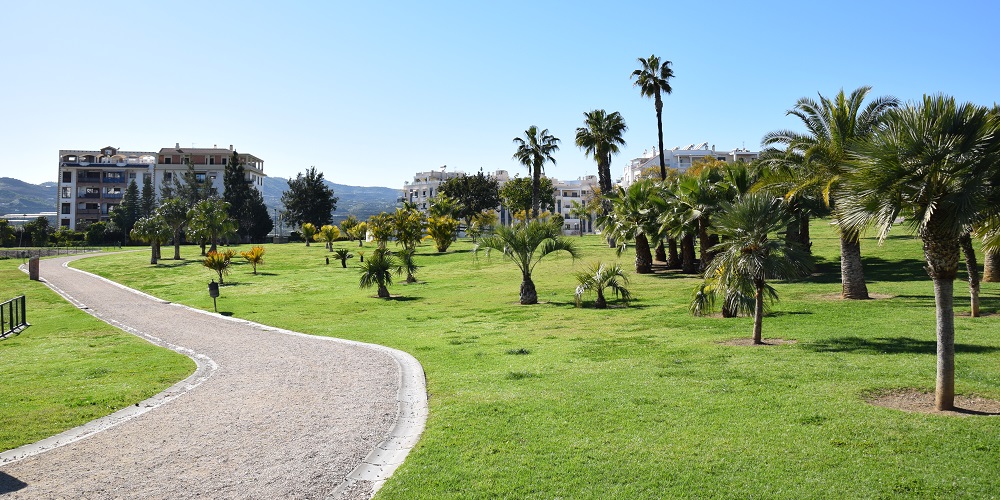
Pond, ducks, children’s play area, running circuit, padel courts, and plenty of space to picnic this is the biggest park in Velez. In the summer there is open-air cinema held here too.
Address: C. Pintor Antonio Hidalgo, 8, 29700 Vélez-Málaga, Málaga
21. Eat Ajobacalao
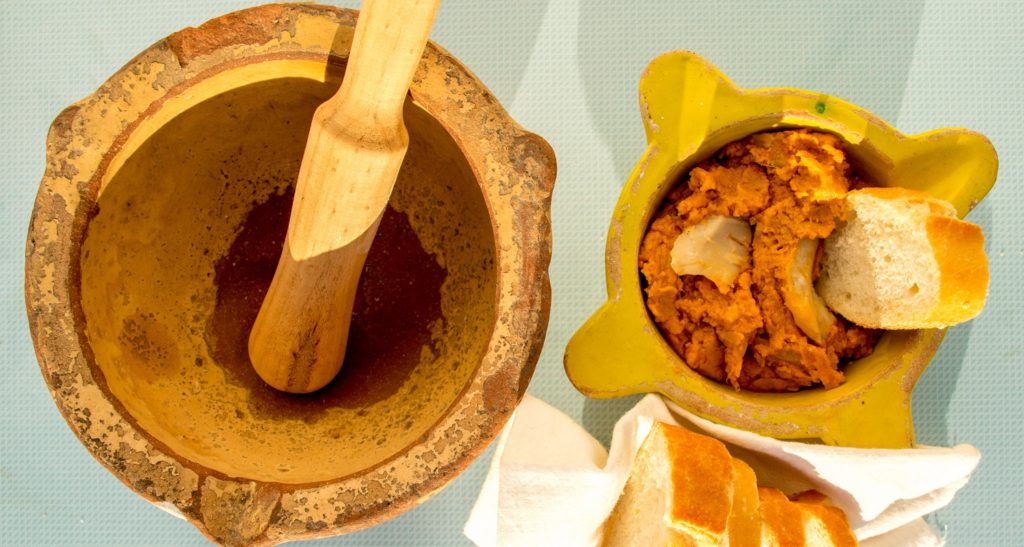
A traditional pate/paste eaten during Easter made out of garlic, salted cod and breadcrumbs. Our favourite is from a little corner shop called Gaspar on Plaza San Fransisco.
Address: Gaspar, Pl. San Francisco, 21, Vélez-Málaga, Málaga
Annual Events Held in Velez-Malaga
22. Feria de San Miguel (Annual Fair)
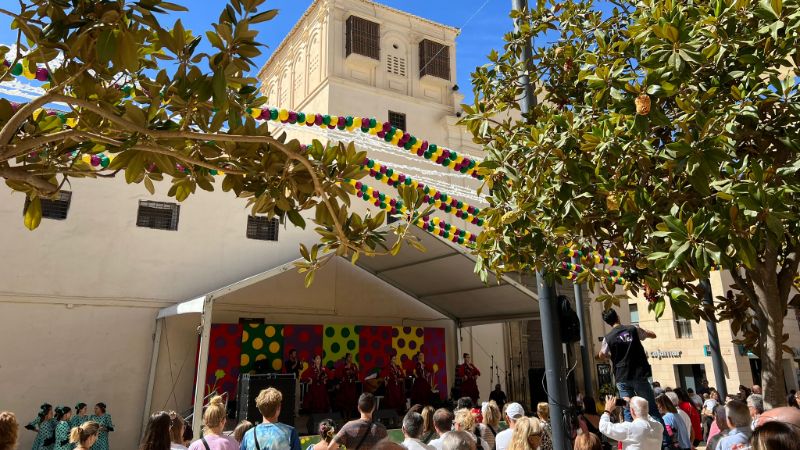
Usually held mid to late September every year this main annual feria is time for everyone to let their hair down: live music, street food and bars, dancing, fun fair and more. For other ferias in the area see our guide.
23. EASTER!
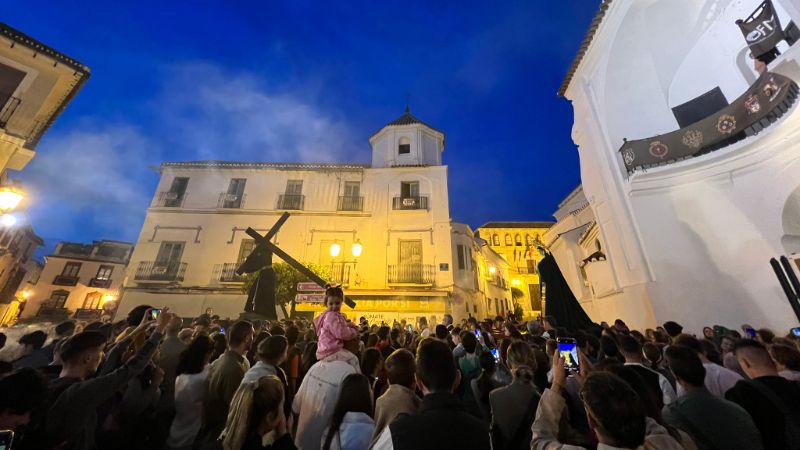
Semana Santa or Holy Week is extremely important to Andalucians and Velez takes its Holy week celebrations very seriously. It’s a big deal and it is noted as one of the most important in Spain after the main cities. This is a week of processions through-out the town. See our introduction to Easter and guides.
24. Festival Internacional de Guitarra “Ciudad de Vélez-Málaga” (Guitar Festival)
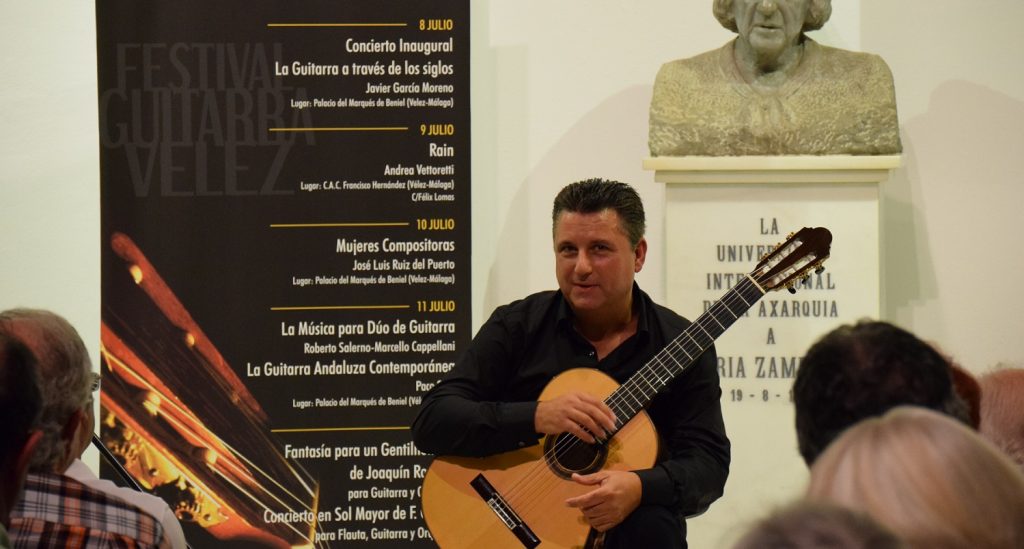
An annual classical guitar festival is held usually in Palacio de Beniel each year in June/July. It’s supported by the Town hall and is free entry.
Address: Palacio Beniel, Plaza Palacio. Free entry.
25. Jazz in a Central Patio
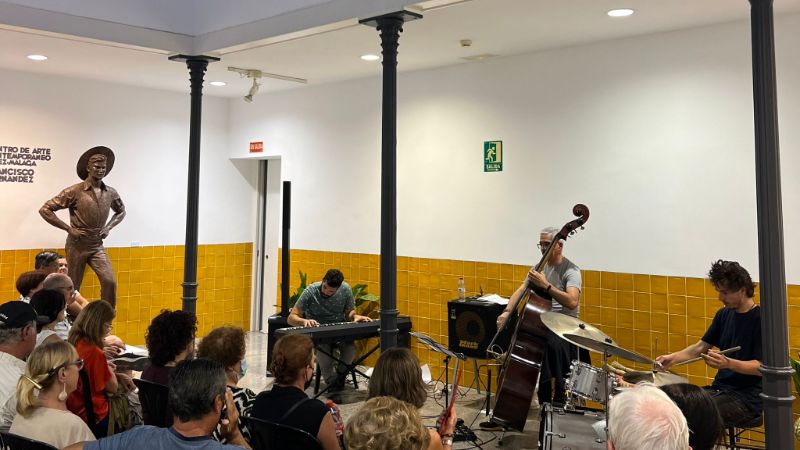
Another annual cycle is live Jazz in the central patio of the CAC gallery. The dates vary but start around May. Keep and eye on our social media to see specific dates.
Address: CAC Gallery, 27 Calle Felix Lomas. Free entry.
26. Noche en Vela/Noche en Blanca
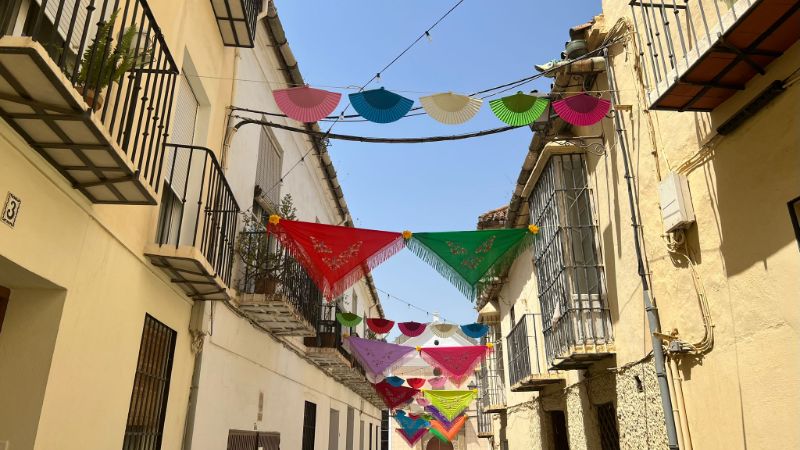
This annual event held in August showcases art, culture and music through exhibitions, workshops and open houses throughout the historic centre. Sometimes the streets are lit by candlelight sometimes they are alive with workshops and live displays. Every year this festival is kept fresh with different planned events.
A few notable things to do within Velez-Malaga municipality…
Paramotor Along The Coast
We haven’t tried this yet, but it’s on our bucket list.
Address: Paramotor school Malaga beach flying, 29790 Benajarafe, Málaga. Phone: 660 56 75 37
Hiking
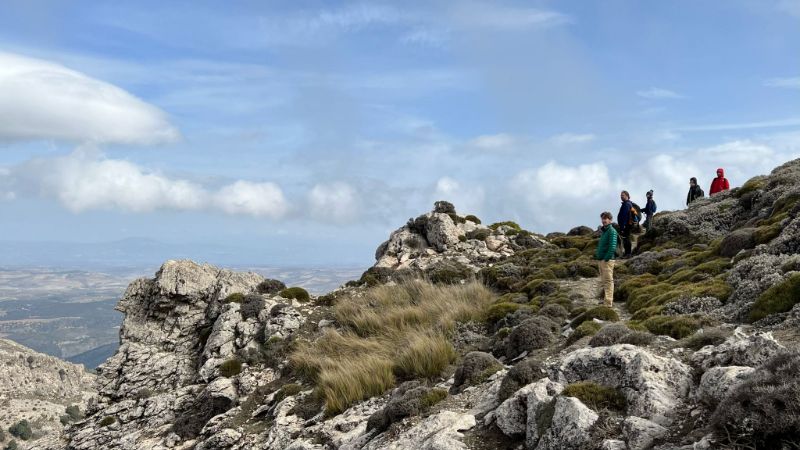
Velez-Malaga and the Axarquia is a hikers’ paradise, from easy coastal routes to mountain climbs, vista after vista after vista. See our hiking page.
Jump on a Catamaran
At Caleta de Velez marina there are Catamaran trips where you can enjoy a view of the coast from the sea. Toast with cava at sunset and if you’re lucky you’ll get to see dolphins.
Puerto de Caleta de Vélez, 29751 Caleta de Vélez, Málaga
Beach Clubs at Torre del Mar
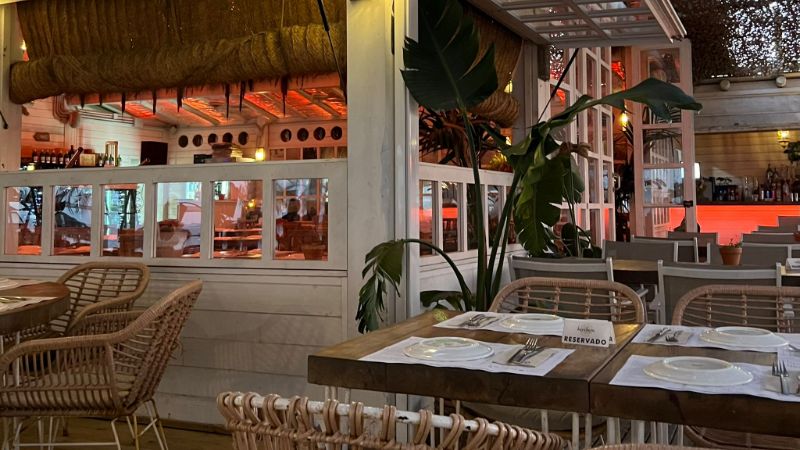
There’s three beach clubs of note in Torre del Mar – Bahia de Tanit, Berebere and Café del Mar. Sitting on the beach they are laid-back affairs with live music on the weekends, international menus and good cocktails.
Cycling

Road cyclists enjoy long climbs and exhilarating descent through the many routes around the Axarquia. For more information on cycling in the area see here.
Eating, Drinking & Coffee in Velez-Malaga
Caserio de Las Monjas

Well, if you’re visiting Velez, you’ll have to stop for a lunch or dinner and this is one of our recommendations. Eat tapas on the high tables outside or a more formal meal inside. During the summer this restaurant isn’t open during the evening.
Address: Caserio de Las Monjas, Calle de, C. Federico Téllez Macías, 4, 29700 Vélez-Málaga, Málaga
People Restaurant with Soft Play

Usually, a kid-friendly restaurant wouldn’t be featured in a things to do guide but so rare are restaurants with soft play areas in southern Spain that for those with children it’s worth a mention.
Address: Rafael Alberti, 9, 29700 Vélez-Málaga, Málaga
Restaurante Asador La Sastrería
Sit outside on the terrace, order a wine and a sharing plate and watch the sunset.
Address: Pl. de la Constitución, Vélez-Málaga, Málaga
Here are our other restaurant recommendations.
Pastelería Don Pedro Vélez Malaga
If you have a sweet tooth, then this is your coffee stop. On one of the main shopping streets of Velez-Malaga this coffee shop has cakes galore.
C. Cam. Viejo de Malaga, 11, 29700 Vélez-Málaga, Málaga
Well, if that’s whetted appetite, here’s some more information on Velez-Malaga…
What is Velez-Malaga Famous For?
In present day Velez is known for its charming historic centre, tropical fruit production and distribution, Flamenco club (slightly underground – ssshh keep it on the down-low), Easter celebrations and the football club.
Historically, the town has always been an agricultural centre because of the fertile land surrounding the town. So fresh fruit and vegetables are fantastic – keep it local and seasonal and you won’t be disappointed.
In terms of notable people from Velez there is the philosopher Maria Zambrano, the flamenco artists Juan Breva and Jose Beltran, the artist Evaristo Guerra and poet Joaquin Lobato. All are represented in the town through museums, works on display or through the flamenco club in the case of the flamenco artists.
Miguel de Cervantes the writer of Don Quixote, a work that is both the first modern novel and “the first great novel of world literature” stayed in Casa Cervantes in Velez and mentions the town in his book Don Quixote.
History of Velez-Malaga
Prehistoric and Ancient Times
The Phoenicians established early trade routes, appreciating the strategic coastal position.
Velez known by the Romans as Menoba later assimilated the area, valuing its agricultural potential, and left behind roads and pottery evidencing their presence.
Moorish Era
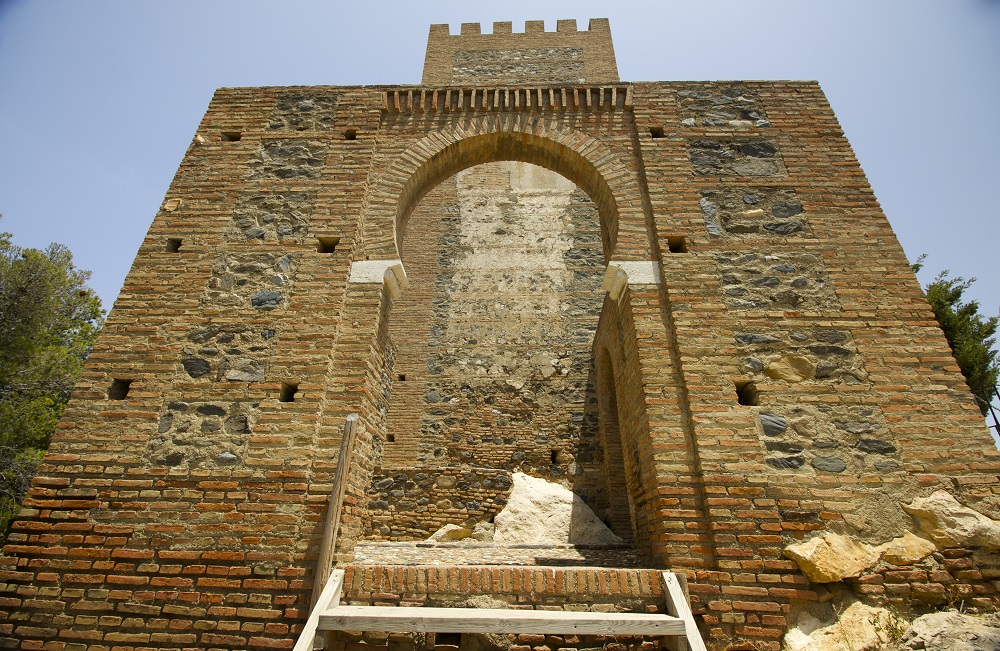
The Moorish conquest in the 8th century saw the town flourish as an agricultural hub.
During the 10th century it was renamed Ballix-Malaca, it was fortified with ramparts and a castle, which still watches over the town from the Cerro de la Fortaleza.
The town’s urban fabric was enriched with Arab baths, mosques, and the Alcazaba fortress.
Christian Reconquest

In 1487, Vélez-Málaga was reconquered by the Catholic Monarchs.
This transition led to the erection of numerous churches, including the Convent of San Francisco and the Church of Santa Maria la Mayor.
16th to 19th Centuries
The town withstood economic shifts, including the impact of the expulsion of the Moriscos and Islamic believers during the 16th and 17th centuries.
The 18th century brought economic revitalisation through agriculture.
The 19th century witnessed a sugar boom with sugar cane factories dotting the landscape.
20th Century
The Spanish Civil War and Franco’s dictatorship affected the region profoundly.
In the latter half of the century, tourism began to supplement the traditional economic activities of agricultural produce.
For a deeper dive on the history of Velez-Malaga see our history page.
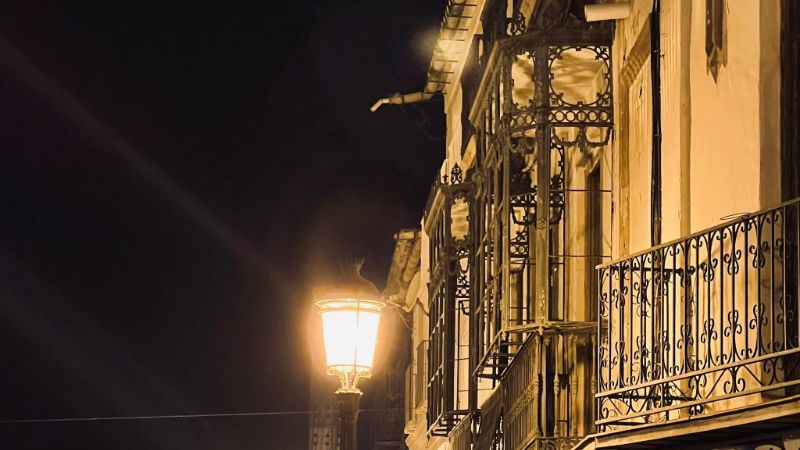
Modern Day Velez-Malaga
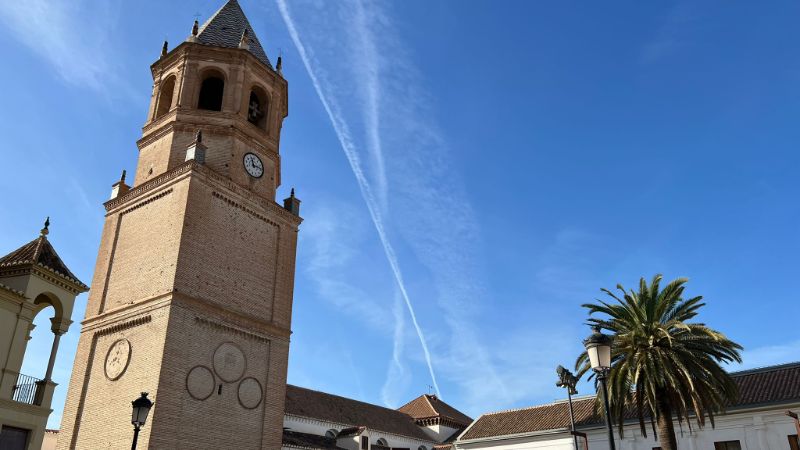
Vélez-Málaga has embraced sustainable tourism, balancing modernity with the preservation of its historic core.
Is Velez-Malaga a Nice Place to Live?
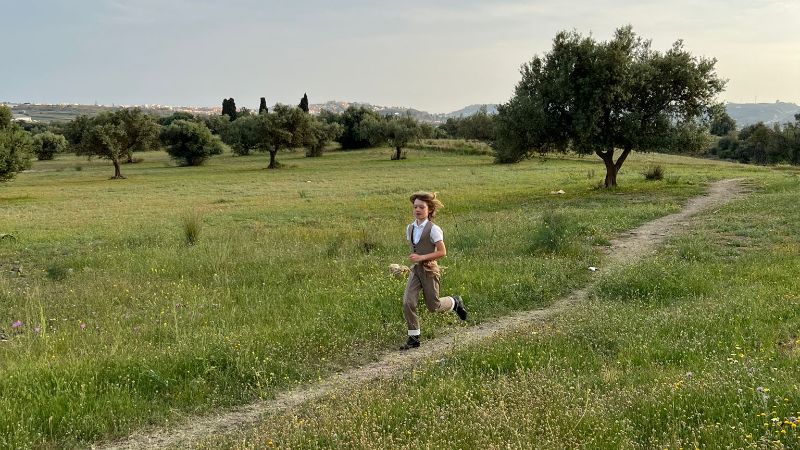
Yes! There’s a real community feel in the town itself.
Our move to Velez-Malaga from London was planned, we had lived in the Albayzin and Realejo in Granada city, Malaga historic centre, Alfalfa in Seville city and the villages of Canillas de Aceituno and Vejer de la Frontera. So, we knew what we were looking for in a place to settle.
The reasons we chose Velez-Malaga:
- We wanted a step change to central London
- There isn’t a large expat community
- Historic houses available for renovation within our budget (300,000€)
- Under 1 hour from a major airport (commutable from London)
- Climate is comfortable year round (Seville and Granada had big negatives on this point)
- There is a good choice of nurseries and schools (private and state systems)
- House is walking distance from restaurants, shops and event spaces like art galleries
- A city is under 1-hour drive (Malaga 40mins and Granada 1.5hrs)
Velez ticked every box for us and 13 years later we couldn’t be happier.
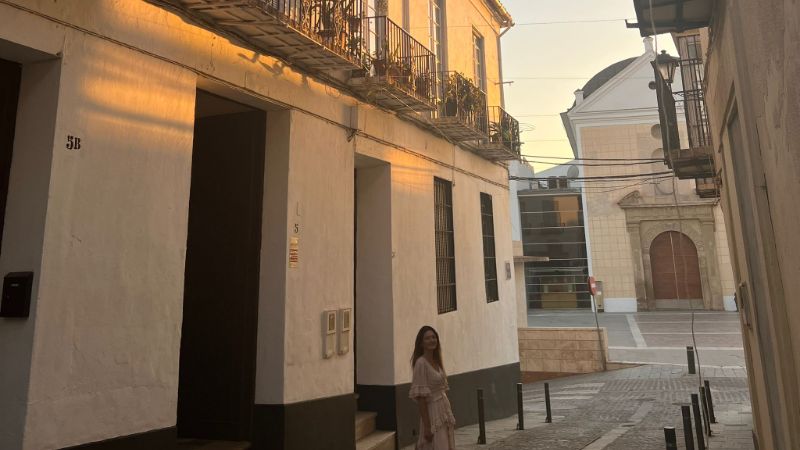
Hi, I’m Phillipa, a British expat with a long love affair with Spain, read more about me and Mi Velez-Malaga here.

